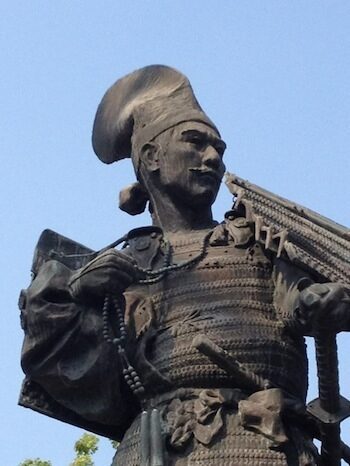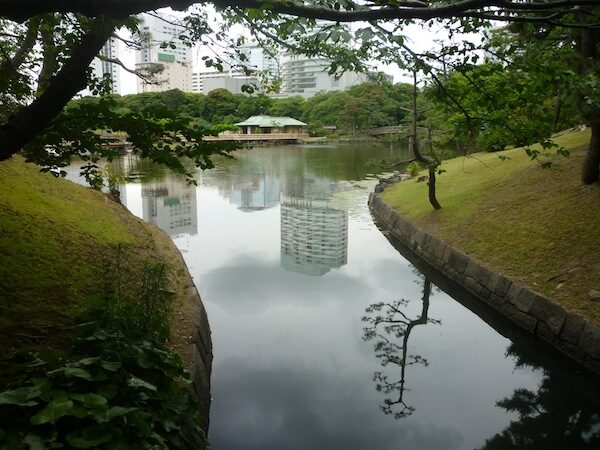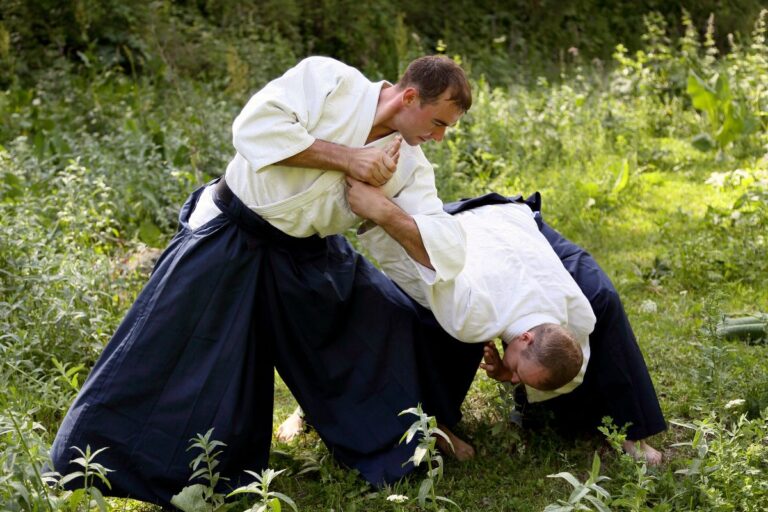The first of the three Unifiers of Japan, Oda Nobunaga was
born in 1534 during the height of the civil strife that had rocked Japan for almost 400 years. The second son of Oda Nobuhide, the daimyo of Owari province, (present day Aichi Prefecture) Nobunaga was entrusted with his father’s expanding kingdom which he ruled from the clan’s

well-fortified castle at Nagoya.
Nobunaga was an unruly youth. According to legend he was ill-mannered, untidy, impudent and failed to take his position seriously. In 1551 Nobunaga’s father died following a short illness, leaving the 15 year old as the head of the Oda clan and it’s rich, fertile domain. Dressed inappropriately for the funeral, he stormed into the temple and threw incense at the altar in full view of his family and retainers. Upon witnessing this rash and undisciplined conduct, many thought the noble
Oda clan had reached the end of their line.
Despite being known as the Fool of Owari, Nobunaga hid a powerful military mind. With an army of just 2,500 men, he defeated a force of 25,000 samurai led by Imagawa Yoshimoto in the Battle of Okehazama in 1560. Nobunaga established himself as both cunning and merciless later attacking and claiming Gifu, enlarging it and making it his primary headquarters. Through political marriages he secured affiliation with surrounding warlords and potential rivals before taking the province of Omi, present day Shiga Prefecture.
As his influence and power rose, Nobunaga was commissioned by the Emperor Ogimachi to quell the civil strife long plaguing Kyoto. In 1571 he fought the warrior priests of Mt. Hiei who had become dangerously powerful and daring. Burning their temples and by mercilessly executing some 20,000 adherents of the militant Ikko-shu sect, Nobunaga soon rid the nation of one of its major problems.

He then turned his hand to putting an end to two and a half centuries of rule by the fault-ridden Ashikaga Shogunate, disposing of the 15th Ashikaga Shogun, Yoshiaki who had sided with Takeda Shingen in an effort to remove the Oda. Nobunaga instead exiled Yoshiaki to Wakae Castle in Kawachi, and at the Battle of
Nagashino in 1560, Nobunaga and his ally Tokugawa Ieyasu oversaw the bitter defeat of the Takeda clan.
The Emperor bestowed the title of Gon-Dainagon on Nobunaga. Had he been born to a more historically influential family, he may have become shogun. Instead, Nobunaga rewarded himself by building a most
splendid castle, Azuchi, on the shores of lake Biwa.

Among the many gifted military men Nobunaga had surrounded himself with was Akechi Mitsuhide (1526-82). Ordered to bring reinforcements to a battle in the Chugoku region, Akechi reneged, and on June 22, 1582, marched his 30,000 men to Kyoto where Nobunaga was lodged with some 70 guards in the temple of Honno-ji and attacked. Hopelessly outnumbered, and wounded by arrow fire, Nobunaga retreated to the inner sanctum of the temple in anger and despair and setting it alight, committed seppuku. He was 48 years old, and had conquered a third of the nation. Although his assassin would be killed less
than three weeks later, it would be another of Nobunaga’s most able generals, Toyotomi Hideyoshi who
would go on to complete his work in unifying the nation.

